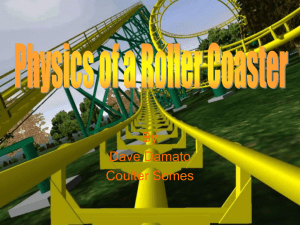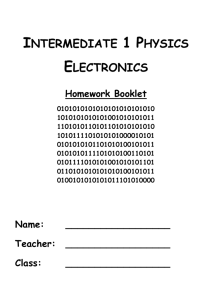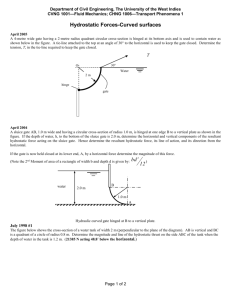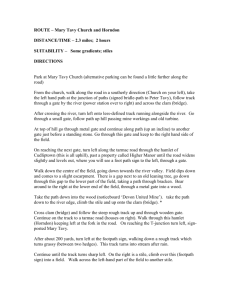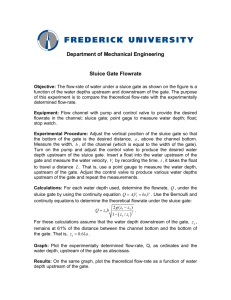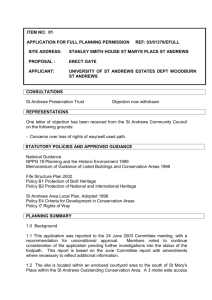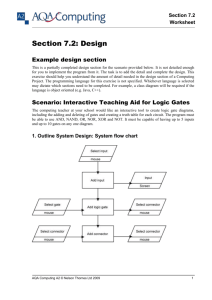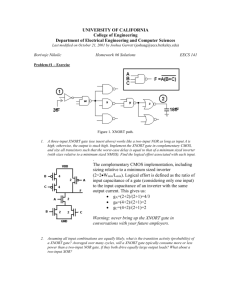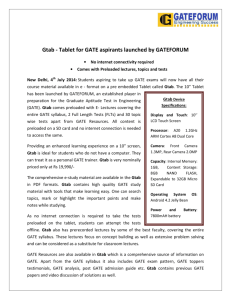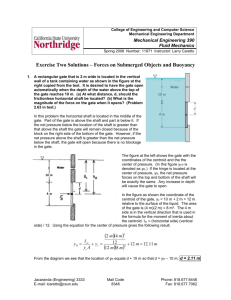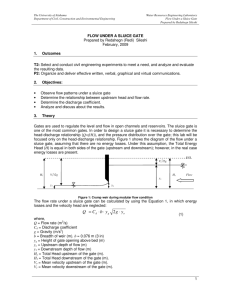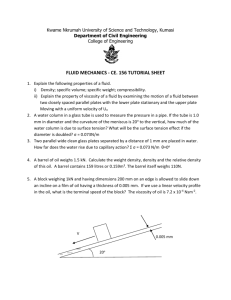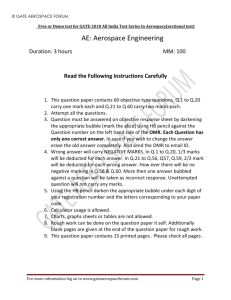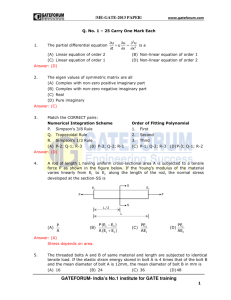Activities-Current-D.. - University of Colorado Boulder
advertisement
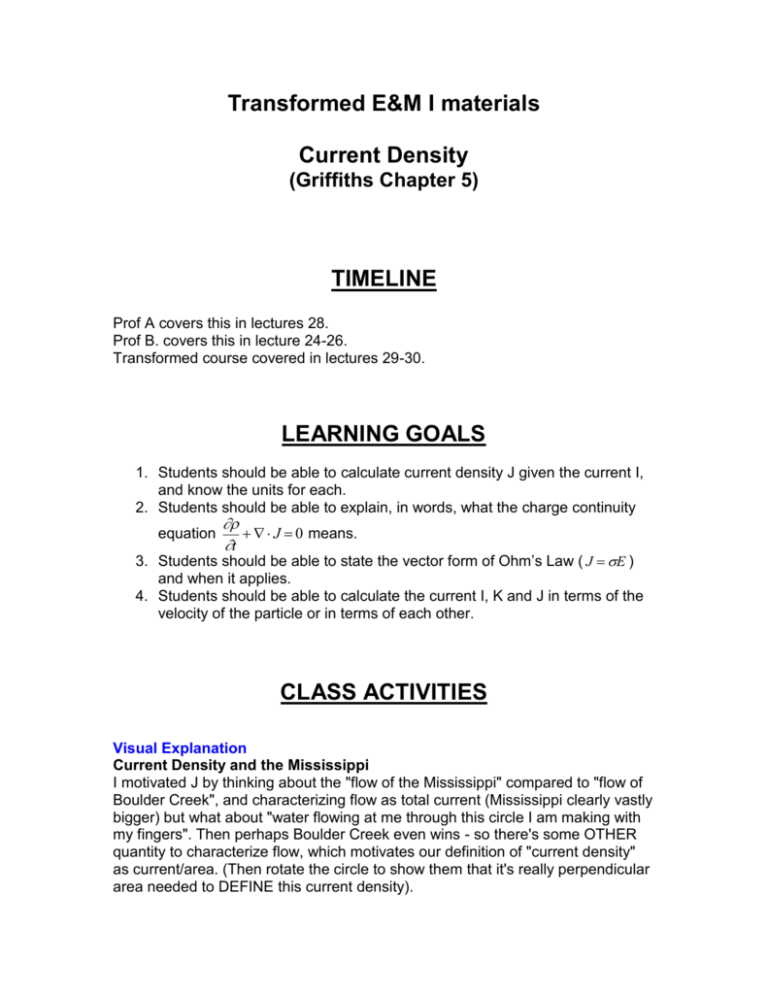
Transformed E&M I materials Current Density (Griffiths Chapter 5) TIMELINE Prof A covers this in lectures 28. Prof B. covers this in lecture 24-26. Transformed course covered in lectures 29-30. LEARNING GOALS 1. Students should be able to calculate current density J given the current I, and know the units for each. 2. Students should be able to explain, in words, what the charge continuity equation J 0 means. t 3. Students should be able to state the vector form of Ohm’s Law ( J E ) and when it applies. 4. Students should be able to calculate the current I, K and J in terms of the velocity of the particle or in terms of each other. CLASS ACTIVITIES Visual Explanation Current Density and the Mississippi I motivated J by thinking about the "flow of the Mississippi" compared to "flow of Boulder Creek", and characterizing flow as total current (Mississippi clearly vastly bigger) but what about "water flowing at me through this circle I am making with my fingers". Then perhaps Boulder Creek even wins - so there's some OTHER quantity to characterize flow, which motivates our definition of "current density" as current/area. (Then rotate the circle to show them that it's really perpendicular area needed to DEFINE this current density). Discussion Where is the current in a wire? Also, nice discussion built on student question, would current in a wire be only on the edges (since we've learned excess charge goes there). Lots of things to talk about - wires needn't have excess charge, visualize the "negative electron fluid" displacing in an E field, and so on... Discussion Chunks of current Also good class discussion about "is it meaningful to talk about a tiny chunk of current" (like we talk about a tiny chunk of charge) Issues of current conservation, but also vector nature came up (it bugged some that dI has to stretch over SOME length, but dq is truly a point) Kinesthetic Steady current activity. Oregon State University (not on website) Tell students: each of you is a charge, make the imaginary B field meter fluctuate. They have to move around the room. Now tell them to keep moving but move in such a way that B field meter doesn't fluctuate. They have to go around her. Do they have to be in a circle, all same distance or not? When is the idealization of current density appropriate (as opposed to discrete charges)? They're moving but all one behind others, steady current. Then how do you measure current? Linear current density? Something per unit length. Linear mass density is mass/length, and charge density is charge per unit length, so they assume linear current density is current per unit length... but it's not! This is an a-hah moment. For a surface current they'll ask "how do you measure a surface current" as they're walking around. How much current is here? They keep walking while they're thinking, how would we measure this. Then walk in surface density, shoulder to shoulder. You count how many go through per second through gate. Talk about the dimension of gate. Linear current = 0D gate. Surface current = 1D gate. You can use a meter stick for a 1D gate, but don’t put it perpendicular to the current. Talk about how total current is a flux). Only component of velocity perpendicular to gate matters. Linear current density is lnear charge density times velocity. That makes language make more sense, dimensionally.








